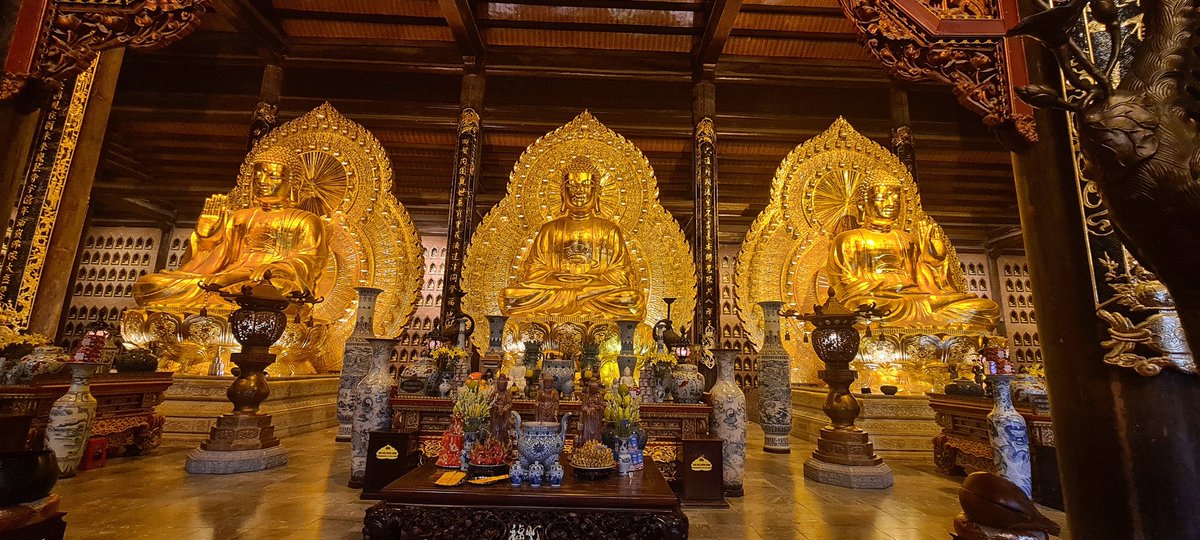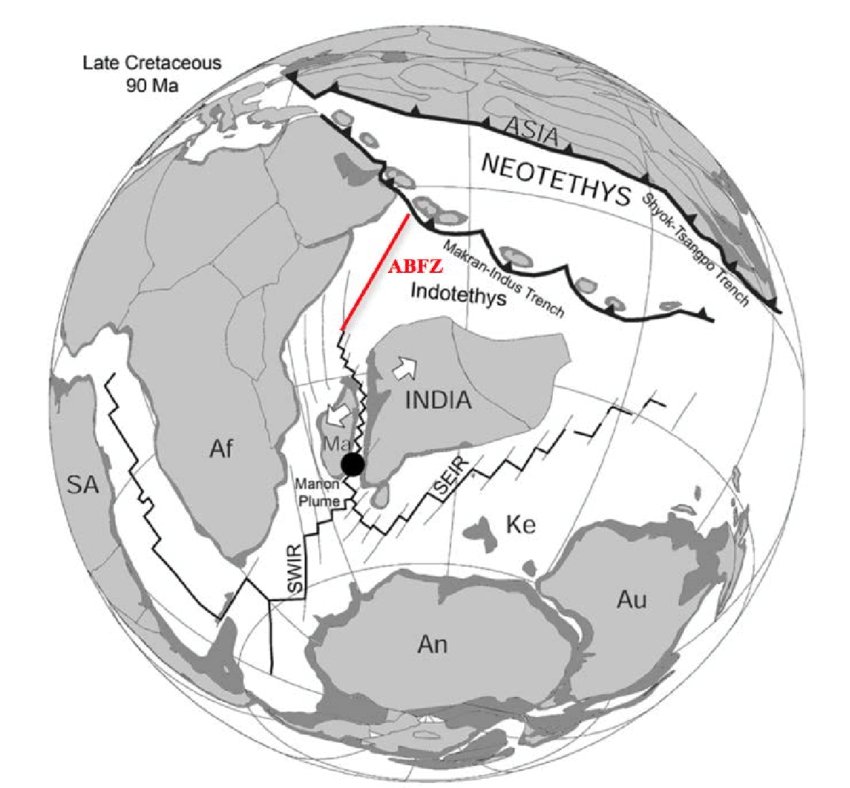
#CBG_Thread What connects Hindi metaphors with change of Indian currency in 1957.
History comes in various forms! 1/n
History comes in various forms! 1/n

In Mughal times, Gold coins were called mohur, silver ones Rupee and copper ones "daam". In Akbar's reign, 1 Rupee = 48 daam. But as industrial use of copper picked up, by 1660 1 Rupee = 16 daam only.
"इसका क्या ' दाम ' है?" The reference to दाम was originally to these coins
"इसका क्या ' दाम ' है?" The reference to दाम was originally to these coins
In 1947, India still used a non decimal system for coinage where 1 rupee was 16 Annas. Each Anna was further divided to 4 paise , which were further divided to 3 pies, thus 192 subunits in one rupee. Heard "पाई पाई का हिसाब चुका देना" phrase in Hindi? पाई being 1/192 of 1 rupee
Whole truth was often referred to as सोलह आने सच , refering to 16 Annas making up one whole rupee. Interestingly Anna comes from अन्न, initially 1 rupee was equal to 178 grains in Sher Shah Suri's time and 180 grains in British.
In 1957, India moved to decimalization of Rupee. 1 rupee was divided now into 100 paise. 50p was thus equivalent to 8 Annas (atthanni) and 25p (chavanni) to 4 Annas. "आमदनी अठन्नी, खर्चा रुपैया" metaphor refers to living beyond one's means.
To prevent confusion with old rupee and its previous paise denomination (1 old rupee =64old paise) the terms नया रुपैया and नया पैसा were coined. "Tujhe to main ek naya Paisa bhi udhar nahi doonga" is a common phrase up North even today 

In olden days, even 1 old Paisa was still a large unit of currency, cowrie (कौड़ी) shells were used as currency at the lowest denomination.
"मेरे पास एक फूटी कौड़ी भी नहीं है" refers to penury beyond imagination
"मेरे पास एक फूटी कौड़ी भी नहीं है" refers to penury beyond imagination

दमड़ी was equal to 10 cowries. We still say, "चमड़ी जाए पर दमड़ी ना जाए" to save money before one's skin. 2 damdi = 1 Dhela, 2 Dhela = 1 Paisa. "ढेले भर की भी अकल नही है क्या?" comes to mind. 

• • •
Missing some Tweet in this thread? You can try to
force a refresh











